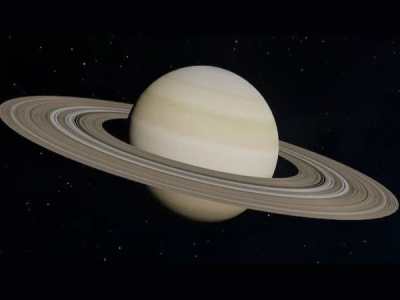Are Saturn's rings actually young?

The rings of Satum have fascinated and captivated humankind for over 400 years. It was in 1610 that Italian astronomer Galileo Galilei first observed these features through a telescope, though he had no idea what they were.
While our understanding of Saturn's rings has matured over these four centuries, the age of these rings haven't been determined precisely yet. The assumption that the rings likely formed at the same time as Satum draws flak as the rings are sparkling clean when compared to the planet.
A new study at the University of Colorado Boulder has provided the strongest evidence so far that the rings of Saturn are remarkably young. The research, published in May in the journal Science Advances, places the age of Saturn's rings at around 400 million years old. When we compare this with Saturn itself, which is 4.5 billion years old, the rings are really young.
Studying dust
The researchers arrived at this number by studying dust. By studying how rapidly the layer of dust built up on Saturn's rings, they set out to put a date on it. It was, however, not an easy process.
The Cassini spacecraft provided an opportunity by arriving at Saturn in 2004 and collecting data until it intentionally crashed into the planet's atmosphere in 2017. The Cosmic Dust Analyzer, which was shaped a little bit like a bucket and was aboard this spacecraft, scooped up small particles as the spacecraft whizzed by.
Just 163 grains
The researchers were able to collect just 163 grains of dust that had originated from beyond Saturn's close neighbourhood during these 13 years. This quantity. however, was enough to make their calculations, placing the age of Saturn's rings at a little less than 400 million years.
With this, we now know approximately how old Saturn's rings are and that they are a relatively new phenomena in cosmic terms. With a previous study suggesting that Saturn's rings could entirely disappear in another 100 million years, questions pertaining to how these rings were initially formed and why these short-lived, dynamic rings can be seen just now still remain.
Picture Credit : Google